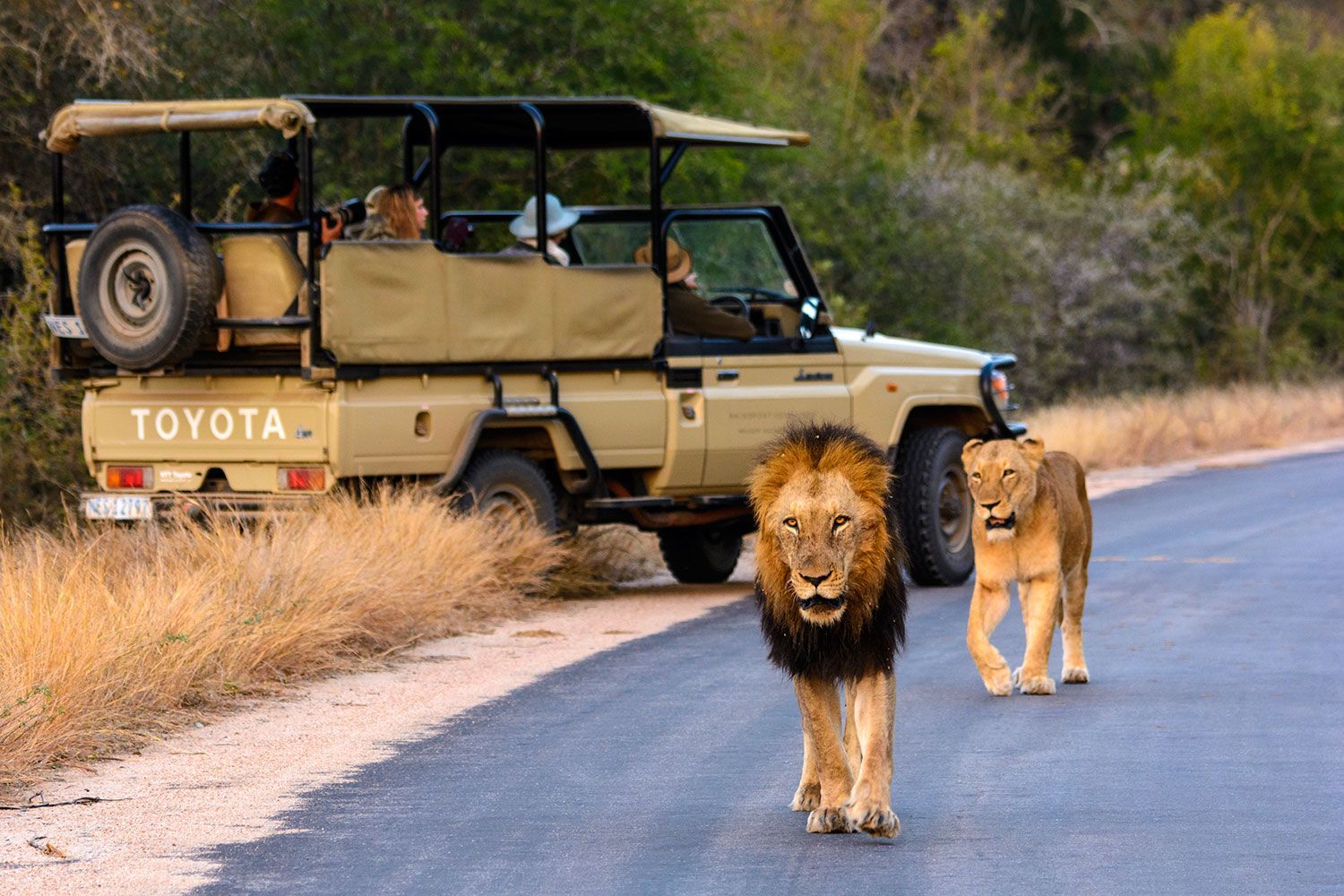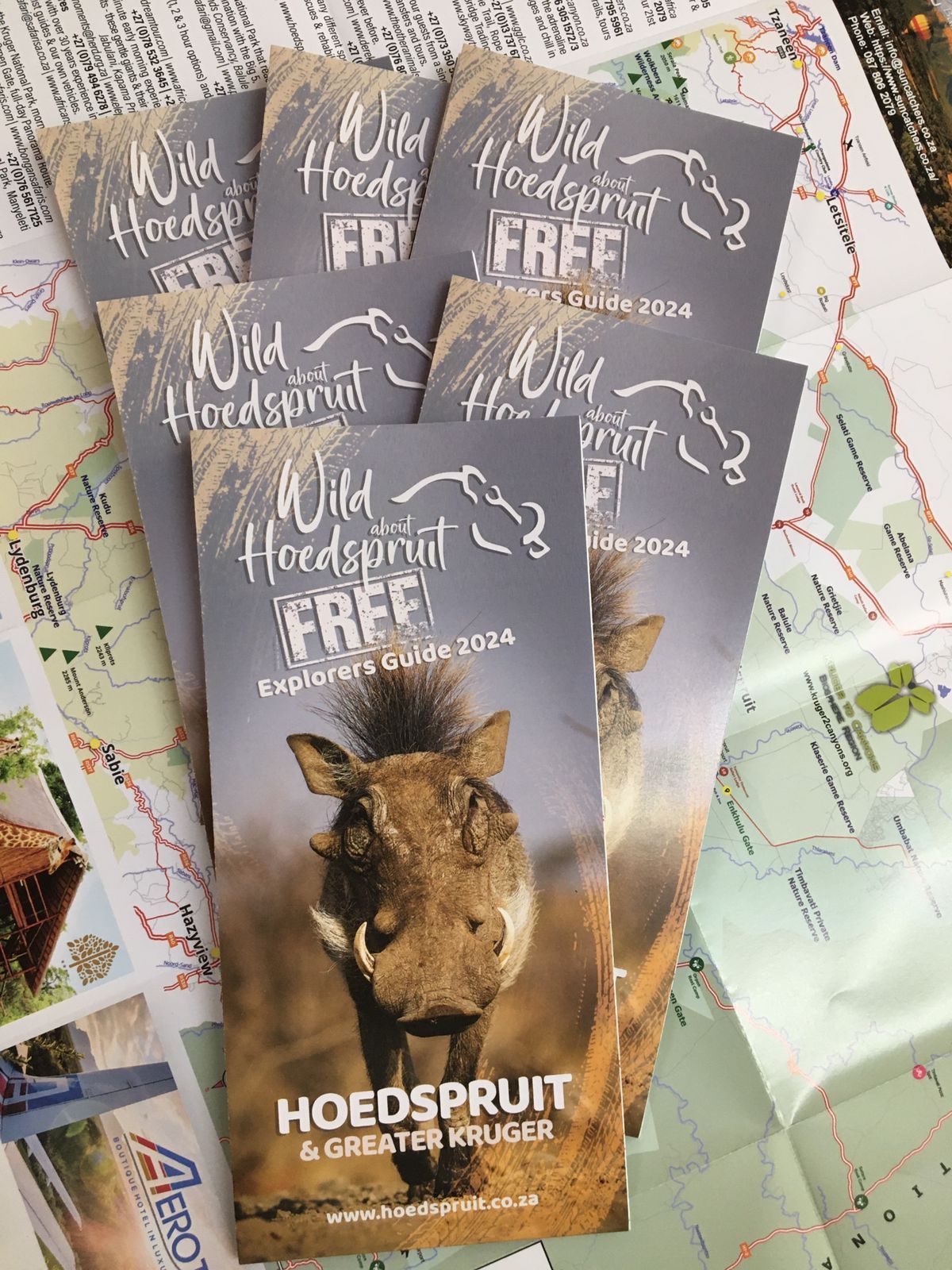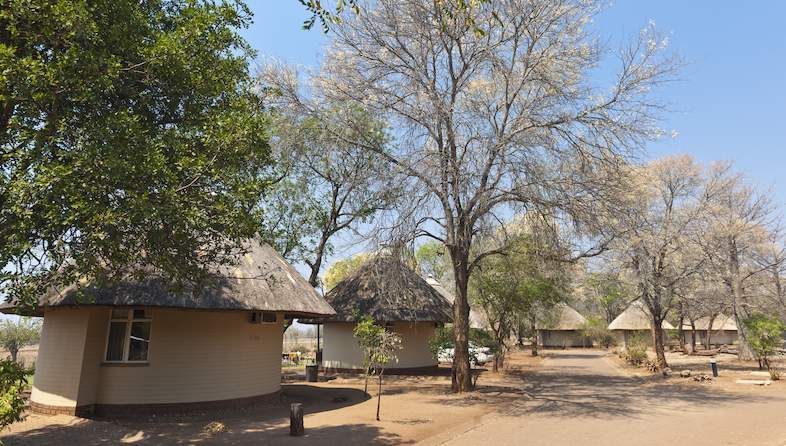The Ostrich in Kruger National Park: A Complete Guide
The Ostrich, with its iconic appearance and unique behaviors, adds a touch of the extraordinary to the diverse wildlife of Kruger National Park. This impressive bird, known for its speed and distinct features, is a fascinating species to encounter during your visit to the park.

Why It's an Exciting Species to Encounter in Kruger
The Ostrich's striking presence and distinctive characteristics make it a captivating sight in Kruger. Whether observed from a distance or up close, the largest bird on Earth offers a memorable wildlife experience for visitors.
Identification
Physical Characteristics
The Ostrich is characterized by its large size, long legs, and a distinctive neck topped with a small head. The male has black and white plumage, while the female is typically brown. Both genders have long legs adapted for running, and their wings are feathered for display purposes.
Unique Features for Easy Identification
One of the most identifiable features is the Ostrich's long neck and legs. The males' black and white plumage, coupled with their pinkish legs and neck, sets them apart from the more uniformly colored females. Their inability to fly is another notable characteristic.
Fascinating Facts
Interesting and Lesser-Known Facts about the Ostrich
Ostriches are not just impressive runners; they are also excellent swimmers. While their primary mode of defense is running, they can reach speeds of up to 45 miles per hour. Additionally, Ostriches have powerful legs and sharp claws, making them formidable in self-defense.
Its Role in the Ecosystem
As herbivores, Ostriches play a crucial role in controlling vegetation and insect populations in their habitats. Their foraging activities contribute to maintaining the ecological balance within Kruger National Park.
Habitat and Range
Where in Kruger Can You Find the Ostrich?
Ostriches are widely distributed across Kruger, favoring open grasslands and savannas. They are commonly spotted in regions such as Satara, the central plains, and areas with expansive grassy landscapes.
Preferred Habitats and Behaviors
The Ostrich thrives in open habitats where their keen eyesight and running abilities are advantageous. They are often seen foraging for seeds, insects, and vegetation, using their strong beaks.
Best Times for Sighting
Seasonal Variations in Visibility
Ostriches are visible throughout the year, but sightings may increase during the dry season (May to September) when water sources become concentrated, attracting a variety of wildlife.
Preferred Times of the Day
While Ostriches are diurnal and active during the day, they may be more easily observed during the early morning or late afternoon when temperatures are cooler.
Behavior and Social Structure
Behavioral Patterns and Interactions
Ostriches are generally solitary or found in small groups. They exhibit a range of behaviors, from foraging and grooming to engaging in courtship displays that involve dancing and wing-fluttering.
Social Dynamics
While Ostriches may form loose associations, they are not highly social birds. During breeding season, males may engage in competitive displays to attract females.
Conservation Status
Current Conservation Status
Ostriches are categorized as "Least Concern" by the International Union for Conservation of Nature (IUCN). Their adaptability and widespread distribution contribute to their stable population.
Any Particular Threats or Challenges the Species Faces
While not facing significant threats at present, ongoing habitat protection and management are crucial to ensuring the continued well-being of Ostrich populations in Kruger National Park.
Tips for Spotting
Key Signs to Look For
Look for Ostriches in open grassy areas, and pay attention to their distinct appearance, especially the males with their black and white plumage. Their large size and long legs make them stand out against the landscape.
Popular Regions within Kruger for Sightings
Hotspots for Ostrich sightings include the central plains, Satara region, and areas with expansive grasslands. Game drives and guided tours in these regions offer excellent opportunities for observing Ostriches in their natural habitat.
Encountering the Ostrich in Kruger National Park provides a unique glimpse into the world of these remarkable birds. Their presence contributes to the rich tapestry of wildlife, highlighting the importance of every species in maintaining the ecological balance of the park.
Additional Resources
Share This Article
Quicklinks
Related Articles
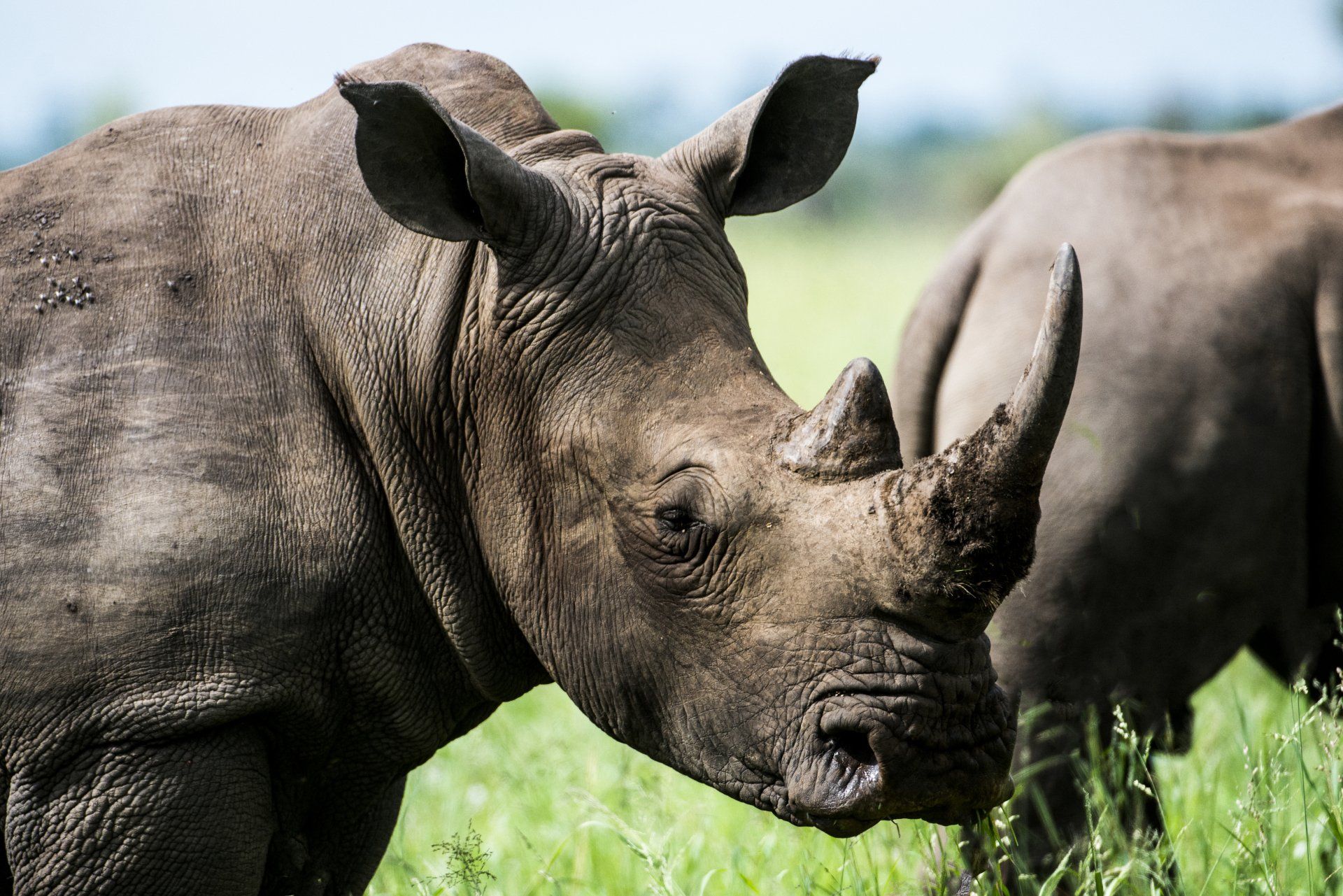


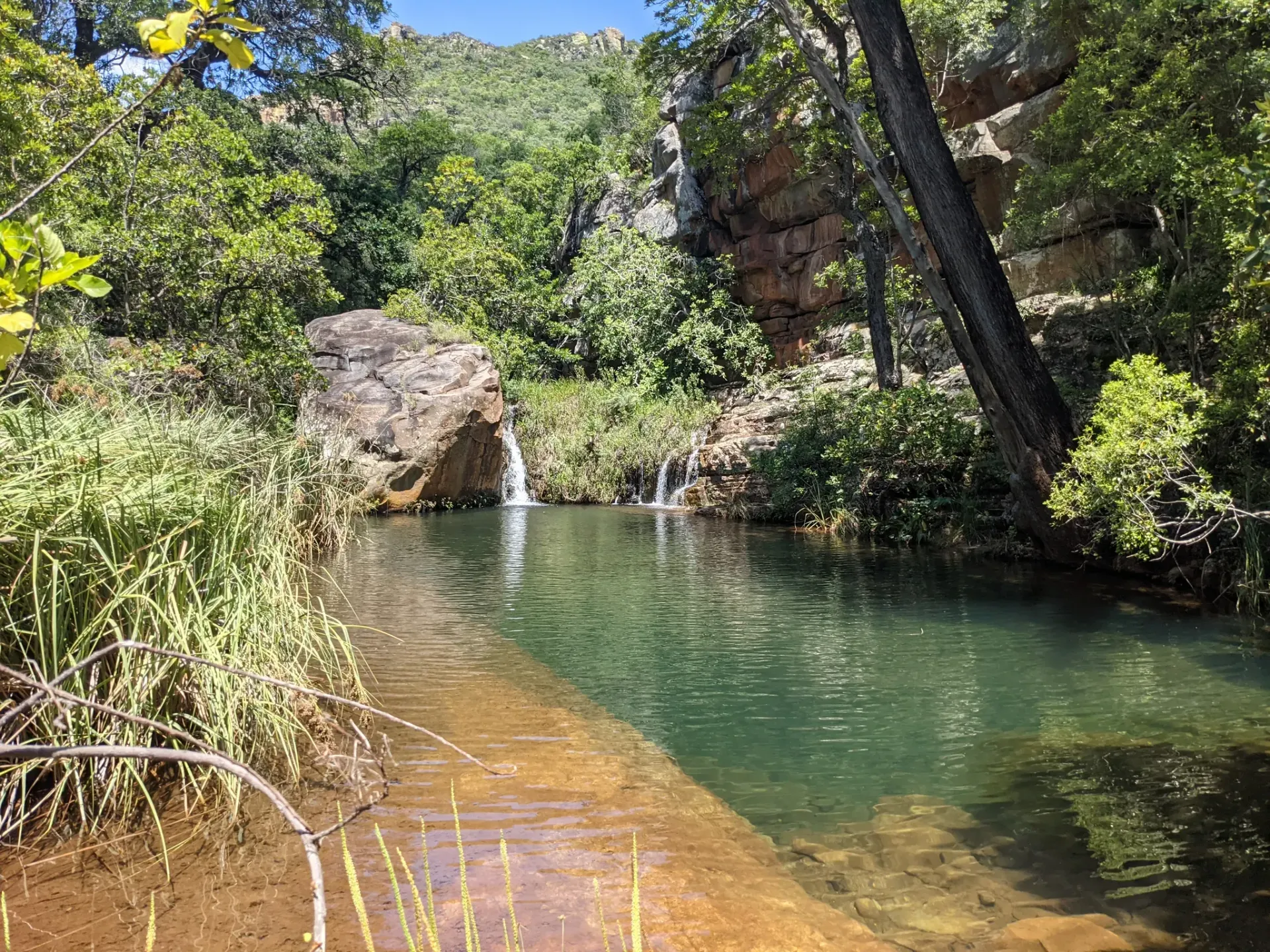

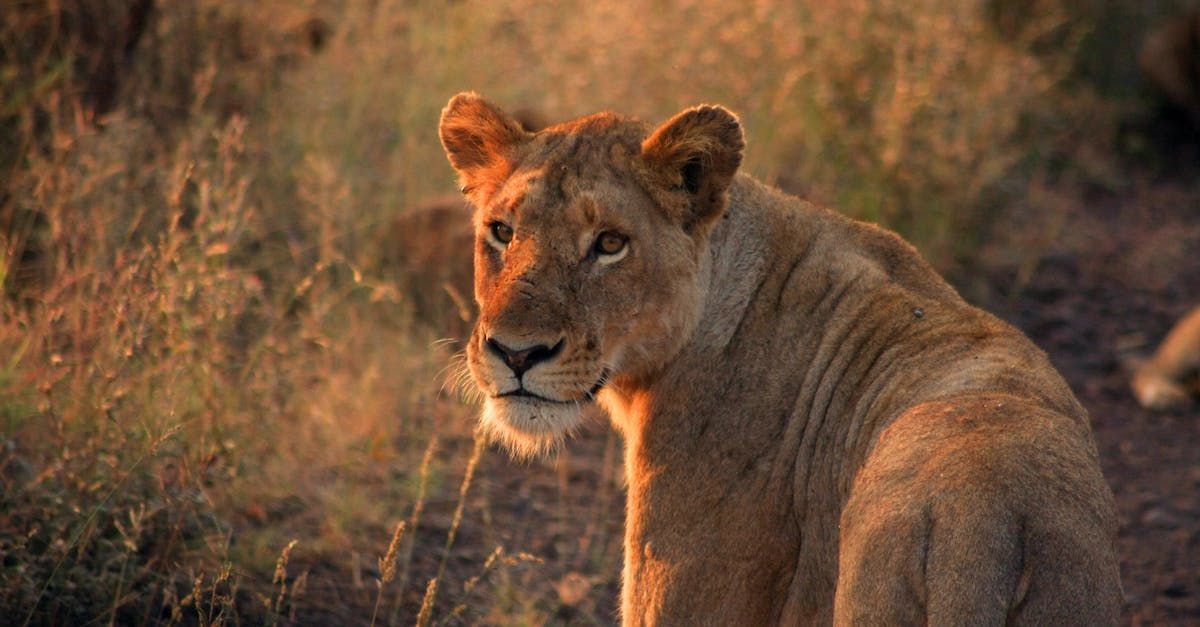

Hoedspruit Articles




